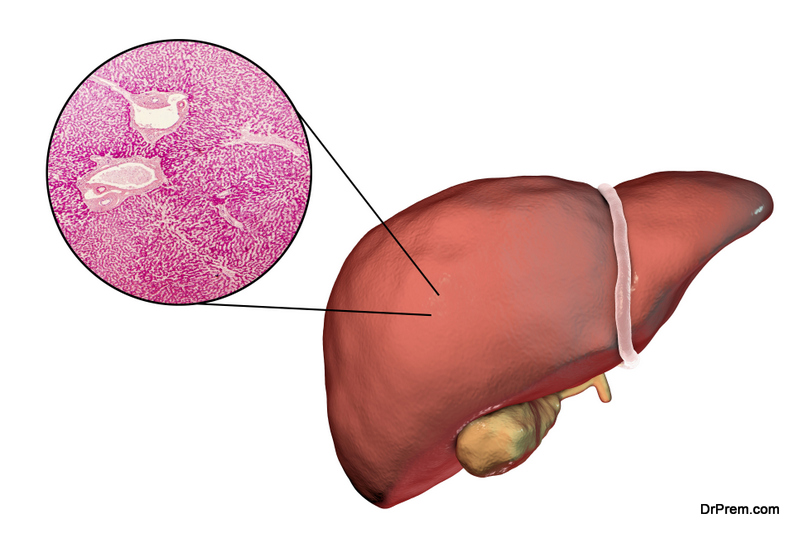Having hair fall is natural but it becomes a concern when the hair fall is way above the natural range. On an average, a person may lose around 50-100 strands of hair, but when this number goes up, you can be sure that you are having a hair loss problem. While there are various treatment, therapies and other such methods that you can use to stimulate you hair growth, a recent study pointed out a unique manner to help combat this issue.
So what does this study reveal after all?
As per the study, pulling your hair can actually help in stimulating your hair growth. Yes, you heard it right, as per scientists, plucking your hair follicles can actually help in stimulating the growth of the hair. This method also helps to regenerate the area where you may be going bold. As per the university of California team of researchers, a person can easily get 1,200 strands of new hair just by plucking 200 strands out.
The natural process
Our hair has a natural process where a seasonal cycle is followed to get rid of old hair and bring in new ones. While this natural process happens often, by stimulating it you can actually improve the quality and quantity of your hair. With the new method, a person can actually make this cycle turn in such a way so that new hair is stimulated.
The best thing about this technique is that it not only regenerates the area where you are losing hair, but also helps in stimulating the hair growth in the surrounding area. This in turn also helped to bring in some volume to the hair.
So, how does this method actually work?
When a person pulls out his or her hair, it actually sends out a distress signal by the follicles. This in turn led to the regeneration of the hair roots and growth of new hair. After a lot of tests conducted, the panel of experts found that the minute the follicles were plucked, the distress signal released proteins. Through this method, new immune cells not only rushed to the particular area, but they also helped in stimulating the hair growth by sending out singles to the neighboring follicles.
The tests were conducted on mice where first the researchers plucked each hair strand one by one. When they used a pattern, which was low in density, they found that nothing really happened. However, when the same thing was done with a higher density, it helped to trigger the hair growth
The human body is truly a piece of work which never fails to astound us, with the help of the quorum sensing, the hair follicles not only responded to the plucked area but also sent out the signals nearby for help. When the researchers checked on the new growth, they found that not only did the hair grow back again, but also it was stronger.
The challenges of this method
As much as this method is really unique, there are also certain challenges that lie ahead. This method is effective for those who are on the beginning stages of hair loss. However, in the case where a person has already turned bold, the question that arises is how this method can help.
University of South California’s specialist, Cheng-Ming Chuong answered this question. As per his statement, the team is presently doing an in-depth study wherein they are trying to come up with a process that was molecular based. He further stated that the team was presently conducting various tests on their lab animals to come up with a solution on this front. Once they found out a perfect solution, they would start a testing phase on humans. If the team does manage to come up with an effective and natural solution, then that would be a huge step towards a new direction. ‘
What is in store in the future
The future research and study may also consist of how quorum-sensing data can be used to help in the prevention and manifestation of cancer cells. Moreover, he added that this method might also help to cure the cancer from the genes by activating the body’s defense system in a very efficient manner. This will surely bring in some hope for cancer patients.







